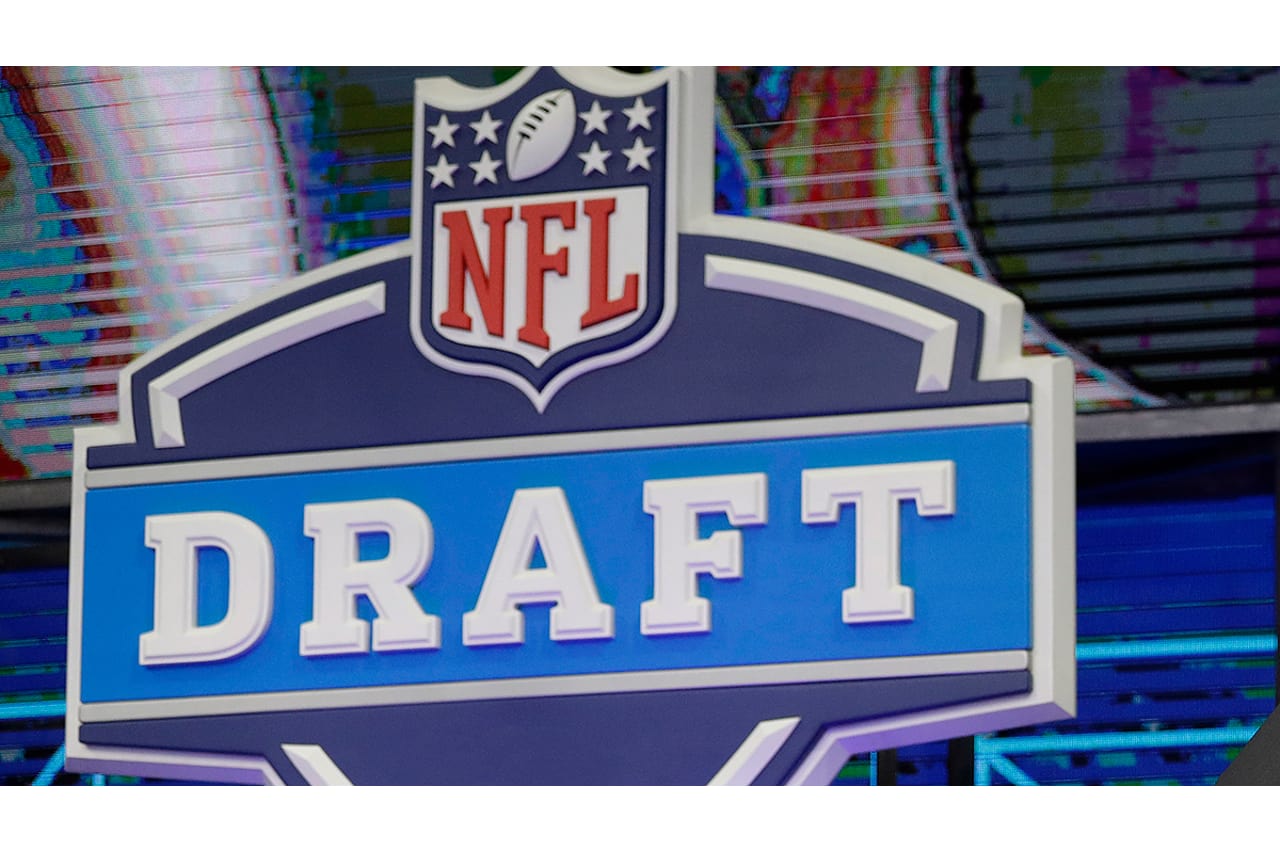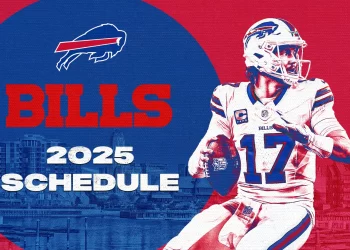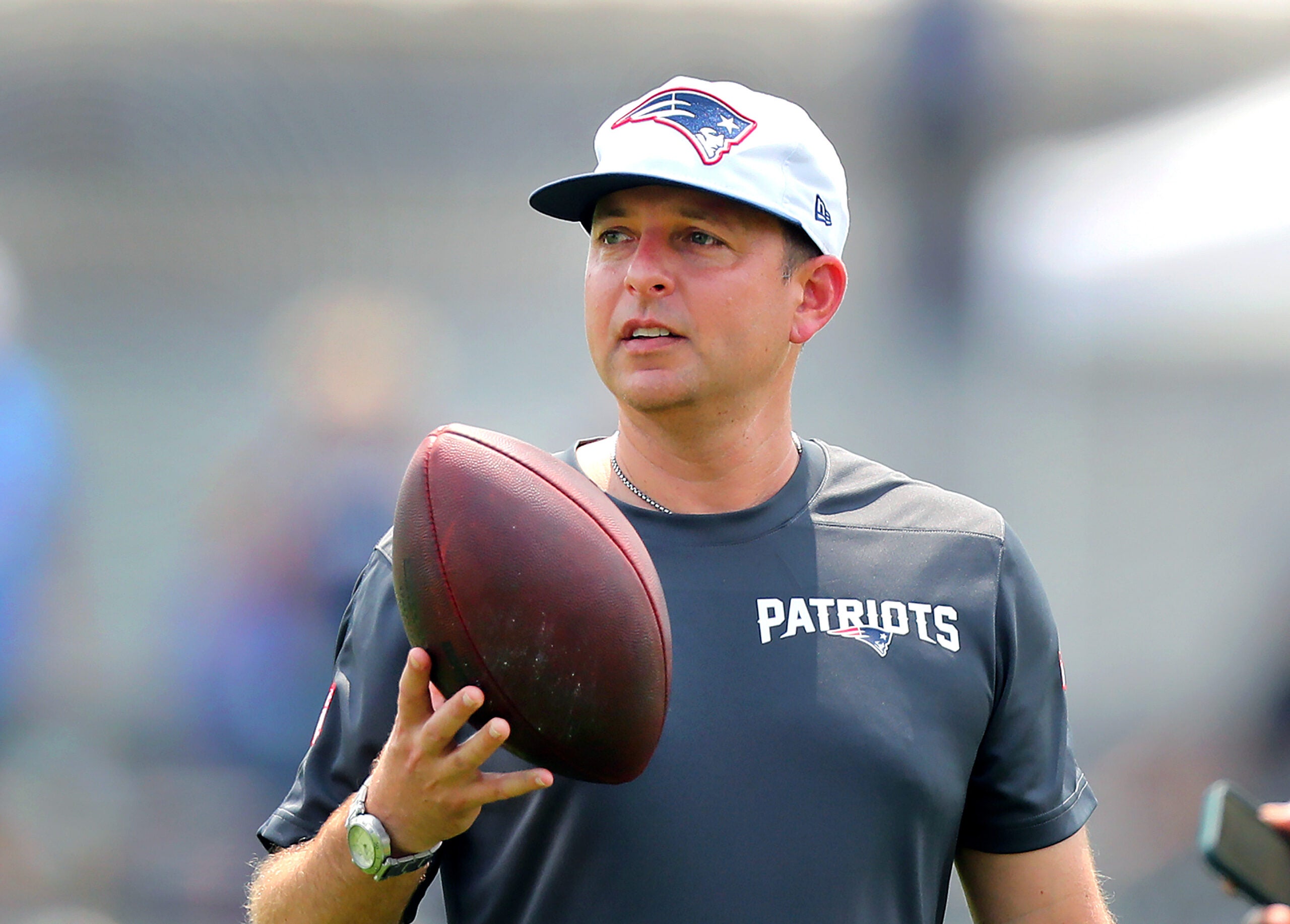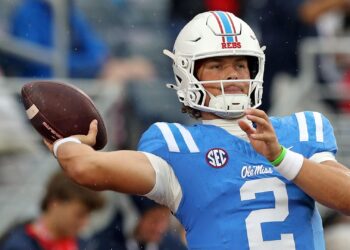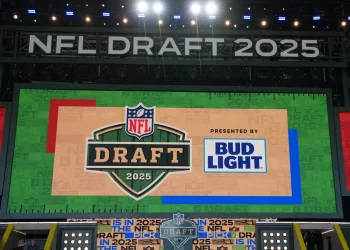DRAFT STRATEGY: TACKLES
BOOKENDS ARE THE TREND AGAIN
In the past the blind side tackle was that man that commanded defenses respect. The distinction between left and right tackle was bigger. The left tackle was your best pass protector because most quarterbacks are right handed. Therefor most left tackles had to be great in protection as they protected the quarterback’s blind side. The right tackle had to be good in protection, but he had to be just as good at run blocking. The left tackles commanded the bigger payday because of their pass blocking prowess. In recent years however, the right tackle position has become equally as important in protection since pass rushers no longer line up exclusively over the left tackle.
Every year teams scour draft boards searching for left tackles. If they aren’t looking for an immediate starter then their looking for a backup that could start down the line. With the changes in the college game, tackles are more inclined to be protectors instead of run blockers. When you look at most college offenses do not require their tackles to play in a three-point stance. Most are running zone blocks, cutoffs in the running game so they do not get fire out enough to get movement at the point of attack. They are more position blockers unlike traditional tackles of the past that could maul you at the point of attack.
This position has never been easy for teams to evaluate. Teams usually want that a tall, long armed athlete with quick feet. He needs a punch that will be strong enough to keep defenders off of him so he can use that length to run him past the pocket. Rarely do you see a left tackle under 6’5. The ideal left tackle will have arms around 35” or more. There are always exceptions to the rule. Plenty of tackles have arms in the 33” range. Those measurables are now being applied to the right tackle position as well. Before a shorter armed tackle could play the right side as long as he had a solid kick-step and punch. However, with defenders moving pass rushers around the line of scrimmage. Both tackles have to be smart enough to recognize and pass off stunts.
Right tackles are also starting to command left tackle money. It was left tackles because of their position value received most money. Here were the top five left tackle salaries in 2018:
Tyron Smith, Dallas $17,545,000
Russell Okung, LA Chargers $14,968,750
Eric Fisher, Kansas City $13,950,000
Trent Williams, Washington $13,579,005
Riley Reiff, Minnesota, $11,400,000
Here are the top five right tackle salaries in 2018:
Garry Gilliam, San Francisco $10,800,000
Ju’Wuan James, Miami $9,341,000
Bryan Bulaga, Green Bay $8,268,750
La’el Collins, Dallas $7,925,083
Mitchell Schwartz, Kansas City $7,700,000
Good right tackles do not come cheap. As a result, teams need to load up on them each year in the draft. Why do you ask? Simple. In the NFL, you will lose two players for every player you pay a big contract to. If you pay you left tackle top five money, then you probably will have to make a choice if you want to pay him the market value or go with a younger and less expensive player. Drafting a rookie in some cases can save you in cases like these almost $10,000,000 if your right tackle is capable of moving to the left side. Rookie salaries are capped based on draft position. If you feel you down need to pay that right tackle big money then the rookie will replace his veteran salary. The challenge is finding the right rookie. A low-cost veteran usually gives you lost cost production.
Another thing that makes the position valuable is the swing tackle. Teams are trying to find ways to keep as much depth at as many positions as possible. One way is to have a swing tackle. A swing tackle is a backup tackle that can play either side. A swing tackle eliminates the need to carry more than three tackles on the roster allowing the team to have an extra roster spot to fill another need. As teams prepare their draft boards these are some key factors when it comes to evaluating the offensive line. The better the tackle, the higher the price to retain him. If you don’t have a plan you will struggle to protect your franchise quarterback.


 NFL
NFL